
Exacting Corvette Grand Sport 004 replica
As told by Larry Taylor
Photos by Larry Taylor and Steve Temple
It seems like most Corvette Grand Sport replicas have thick, glossy paint, air conditioning, a digital audio system and power steering that turns 18-inch wheels with modern rubber. That wasn’t for me. I wanted mine to be loud and smelly — and scare me a bit. I wanted it just like the original and, in particular, car #004 (see sidebar).
My car is based on a Mongoose replica purchased in 2015 and finished just earlier this year. From the start, I knew I’d try to create a replica of one of the five originals. But I soon got carried away, endlessly staring at vintage photos and shots taken during restorations of the real deal. Of the five, chassis #004 was copied the least, so I picked that one early on.
The car arrived as a roller to lessen shipping costs. I started by removing the body for a complete teardown to the 4-inch steel tube chassis, which is built in the spirit of the original, but with a modern C4 suspension.
The actual GS #004 is on display at the Collier Collection in Florida. Using it as a close guide, I decided to recreate all the competition specs from that moment in history, the March 1964 Sebring 12 Hours race. But it was a moving target — literally. That’s because from the time the original car arrived for tech inspection to driving back on the transporter, the car changed so much and had been damaged on all four corners. So I picked the car’s configuration at the end of the race, minus the damage, of course.
When I began shopping for parts, I realized that an exacting reproduction could not have been done to this level 20 years ago. Without internet forums, eBay and overseas parts, items like the CB radio, T3 headlamps, Delta lights, Mini Cooper handbrake, Grand Sport rear deck bar, Kelsey Hayes valve and Stewart Warner pumps would not have been found.
After extensive research, lots of reproduction ’63 Corvette parts, along with original parts, were included in the build. The original seat material was particularly hard to track down, but I managed to find a few remaining pieces of NOS material. I even got my state to accept a VIN that is only one letter off from the original tag.
Another challenge was the engine, as it took two years to machine. The car is fitted with an all-aluminum, 377 ci block, mated to a M22 transmission and topped by 48 mm Webers (Inglese-built side-draft carbs). The latter are very expensive, but far more affordable than period-correct 58 mm Webers would be — even if you could find them.
The body was pretty accurate upon arrival, but I still had to reform the handbrake notch and move the hood prop to the right. I also had to modify the door panel pulls and rear scoop ducting and fill in the defroster vents as well. Looking at the body now, there are still a couple details I wish I had corrected — hindsight is always 20/20.
After some careful research, the paint scheme came down to getting the colors correct, described as unbuffed lacquer. My painter traveled to the Collier Collection in Florida to see #004’s colors firsthand and observe its overall paint quality. In keeping with the original, I had to convince the painter to paint full nose stripes, and then paint blue over part of them. This was done on the original car after it was damaged early on at Sebring in 1964.
When the job was all done, the painter called me and admitted with some dismay that there was some orange peel and a drip in the doorjamb. My response was “Perfect!” He laughed, and said to make it clear that it was all my idea. Like I said in the beginning, I want an authentic-style patina, and the original cars were far from perfect.
Despite being a replica with many non-period-correct parts, like the C4 suspension for example, I was able to identify over a half-dozen details that were omitted during restoration on the real #004. So when it comes to some specific details, my car is actually more authentic.
Some of the least-exciting parts of the build were the engine machine work, fitting the windshield and getting the alternator mounted down low on the driver’s side. Waiting for the 15-inch Halibrands to be cast was also pretty agonizing. There’s also explaining to folks that, yes, I could’ve built a 388 ci engine instead, and a 4-inch exhaust would be better. But the original car was from a time when a driver cared more about having a cigar lighter than a fuel gauge!
I did enjoy doing all the research and building in details that fool some of the most knowledgeable folks. With help from some friends, the little things start to add up, like the seat-belt labels, Johnson Chevrolet dealer plate and Delmo Johnson’s to-do list taped under the trunk lid. In addition, the fender decals, windshield number and tech inspection decal were all custom designed and printed.
As for final specs, my Grand Sport ended up at 2,200 pounds and just short of 600 hp. Paired with a Muncie “rock crusher” M22, a correct ’63 Corvette shifter, open exhaust, ’63 steering wheel and 200 mph speedometer, these are good reasons to hold on. Loud, smelly and scary stuff — just like I wanted all along!
A short history of the original #004 Grand Sport Corvette
The chassis number #004 is somewhat misleading, since this was the very first Grand Sport to be driven in anger on the racetrack. Dr. Dick “The Flying Dentist” Thompson manned the car at an SCCA race at Connellsville (Pennsylvania) in August of 1963, becoming the first to take the checkered in a Grand Sport as well.
As a work in progress, the car went through many changes, both during races and off the track. At the end of the season, the car was sent back to the factory for additional upgrades and refinements. In December, Mecom Racing entered chassis #004 in its new specification at the 1963 Nassau Speed Week, along with two sister cars. These three “lightweights,” as they were dubbed, decimated the opposition. With great anticipation, the cars were prepared for the endurance races of the upcoming season. Sadly, for internal political reasons, General Motors corporate quashed the program. The cars were sold to privateers and never fulfilled their incredible potential at other venues.
Grand Sport #004’s first privateer was Dallas-based Chevrolet dealer Delmo Johnson. Together with Dave Morgan, they entered the car in the Sebring 12 Hours in 1964. The Grand Sport qualified 12th, and after various delays due to technical problems, it finished 32nd. It was raced regularly by Delmo, who once noted, “I was clocked at 205 mph in the car. The front end was off the ground from 160 on up, but the road was straight so it didn’t matter.”
Delmo sold the car in 1965 to a Canadian, who campaigned the car as late as 1967. The current owner acquired the car in the late 1980s and had it carefully restored to its 1964 Sebring 12 Hours configuration. The restoration included many unique features, such as the sponsor stickers, additional taillights and the copper strips that are fitted across the fiberglass bodywork to ground the CB radio. Still in superb condition, it is seen here during the 2014 Monterey Historics.
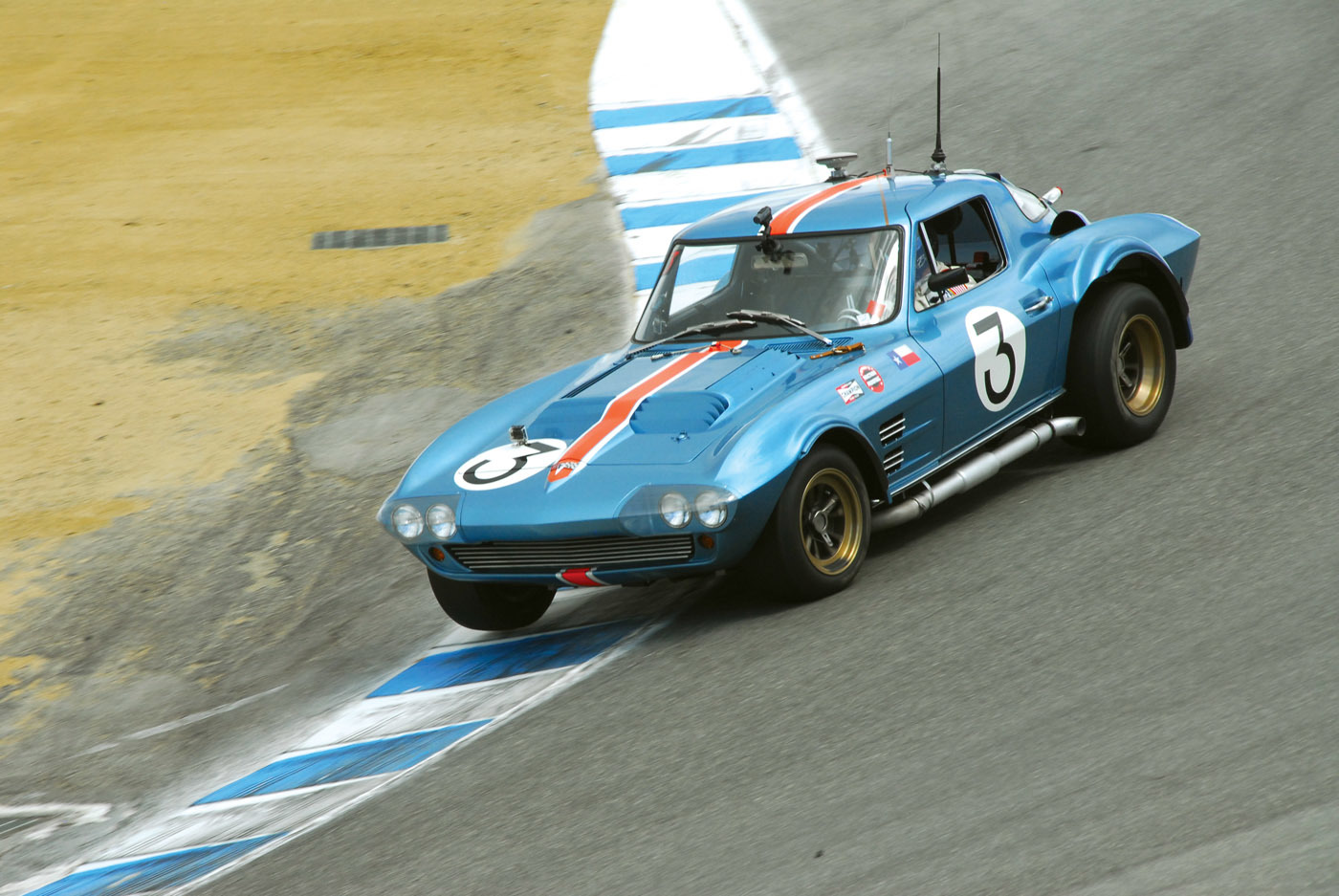

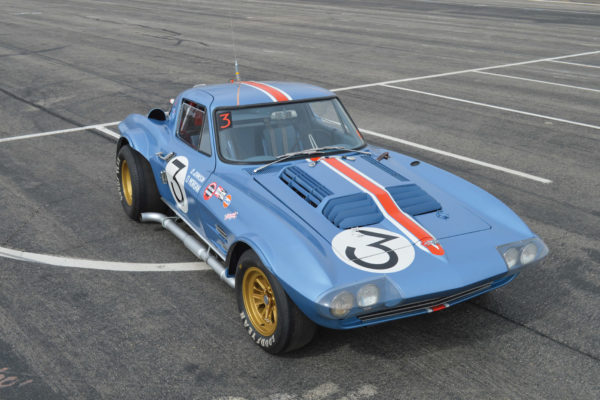
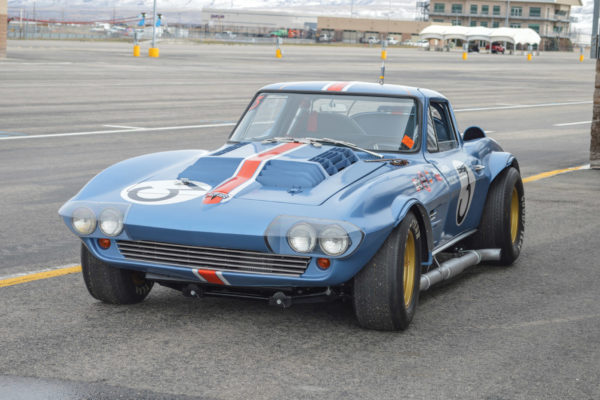
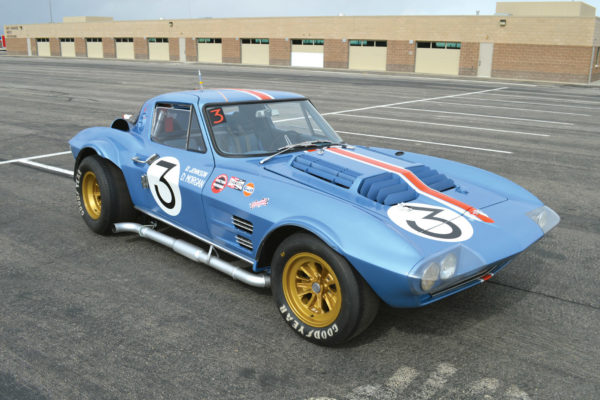
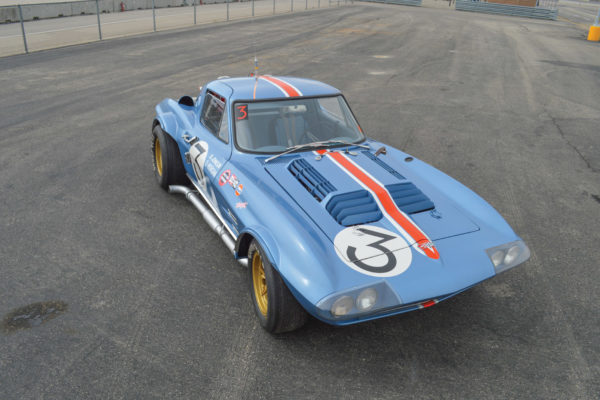
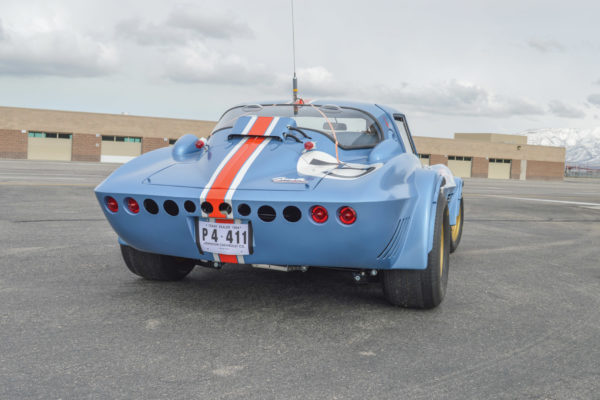
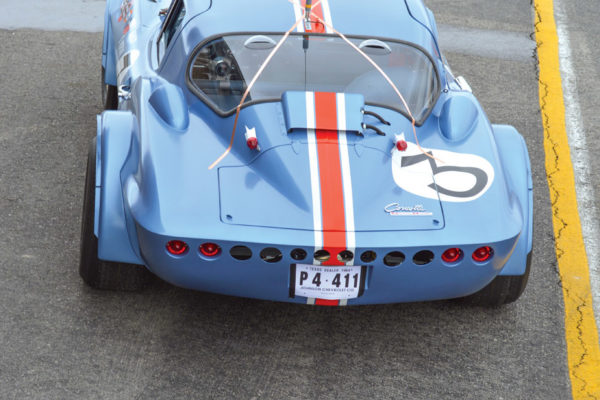
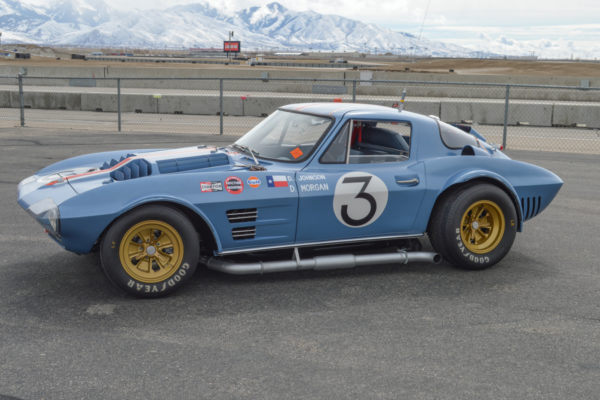
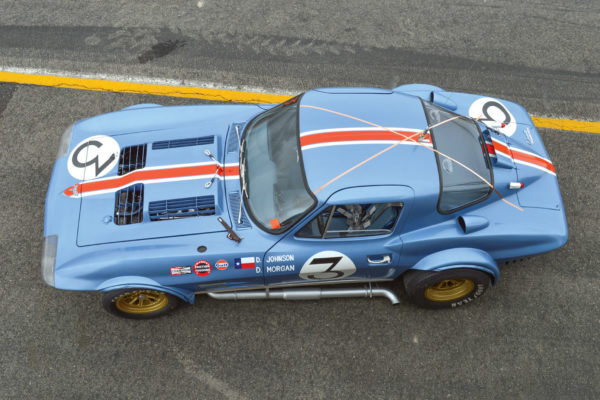
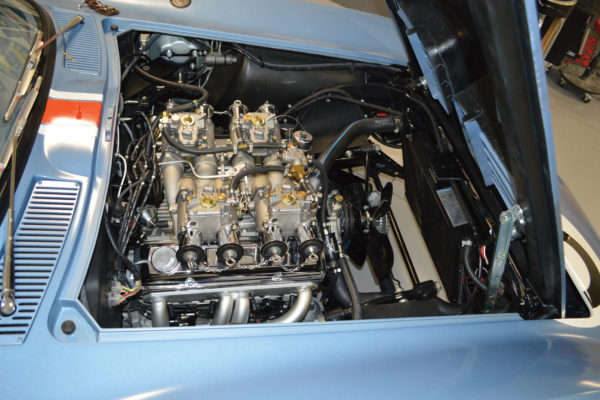
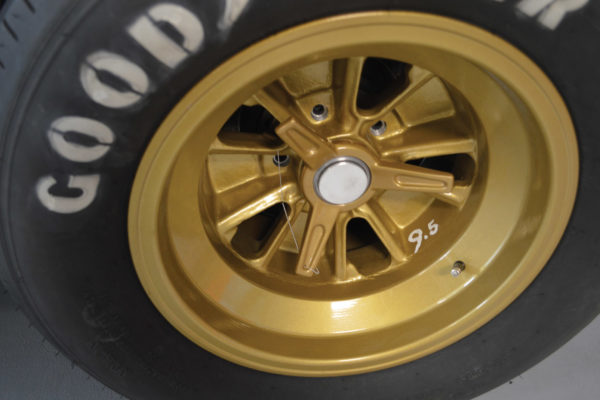
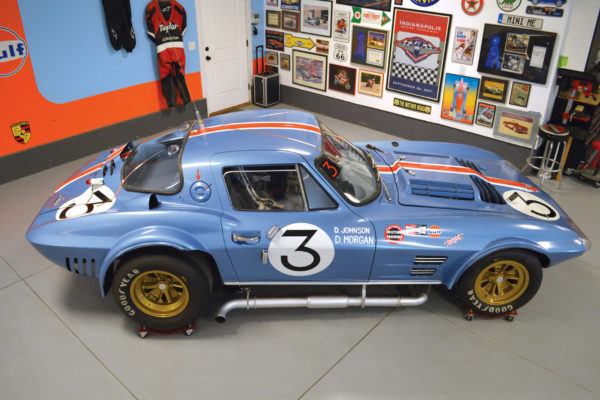
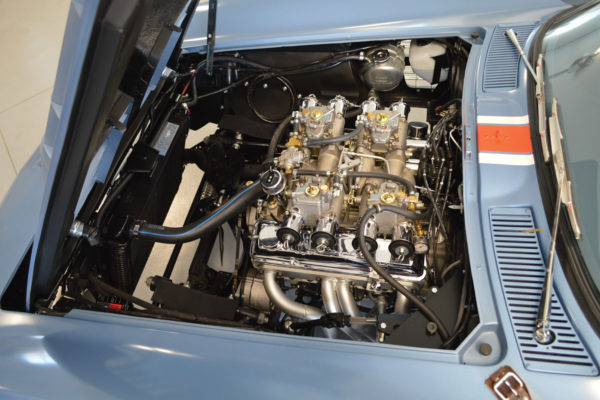
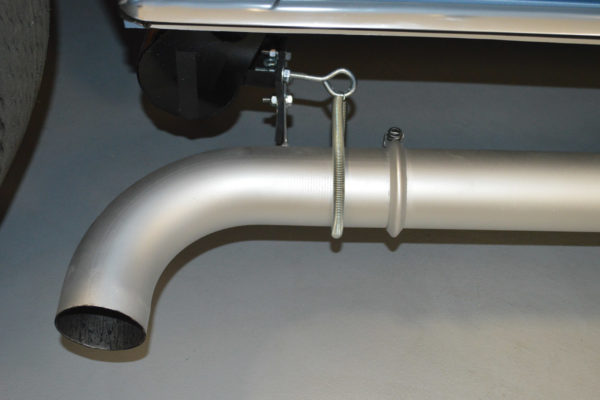
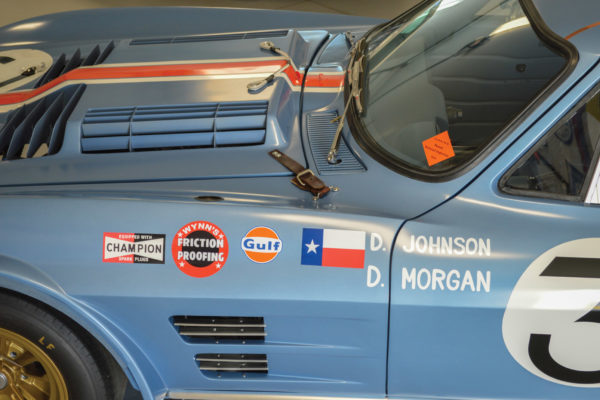
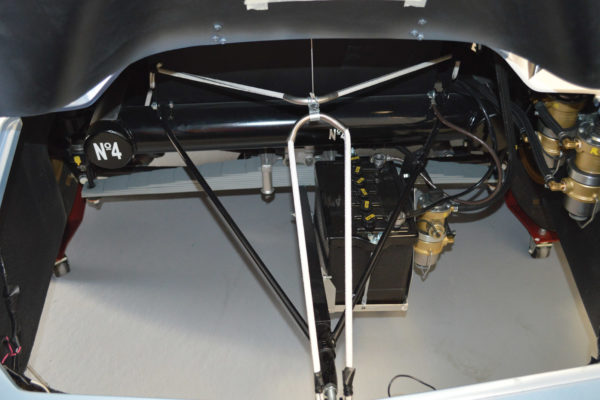
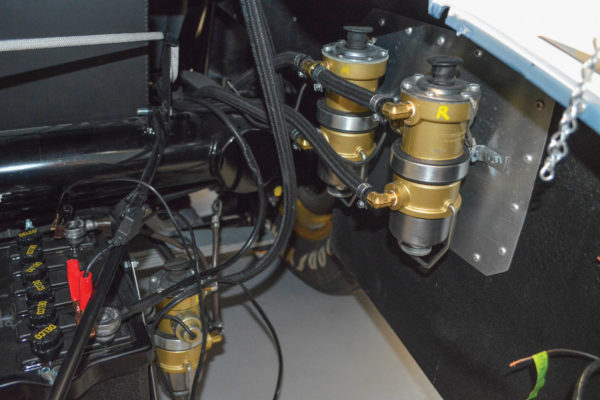
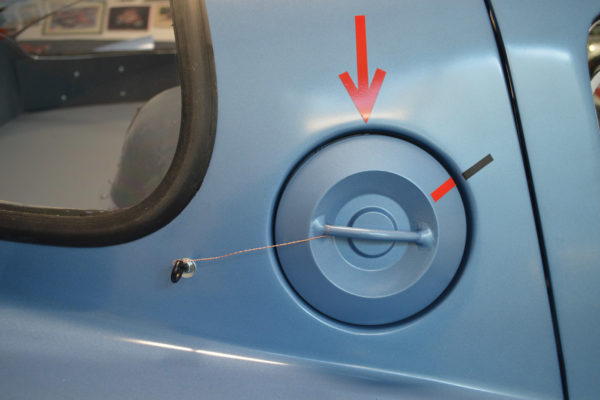
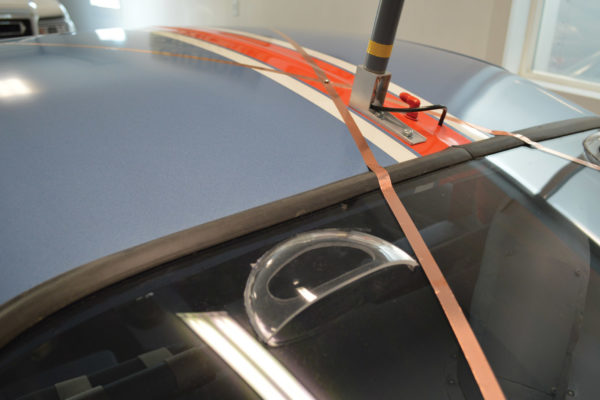
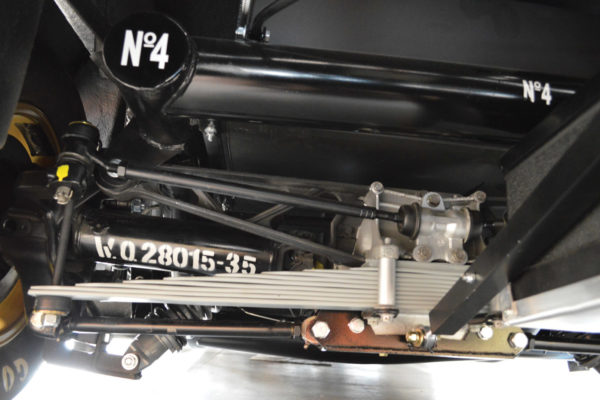
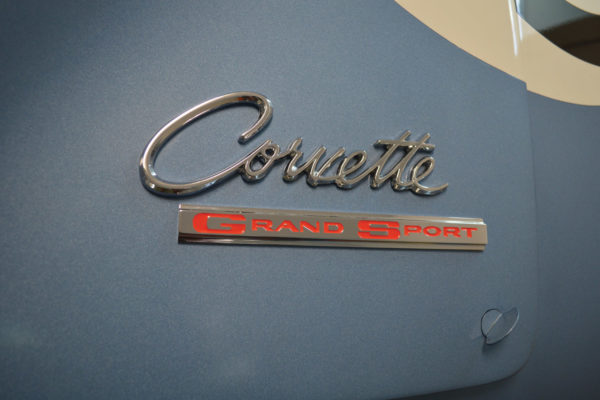
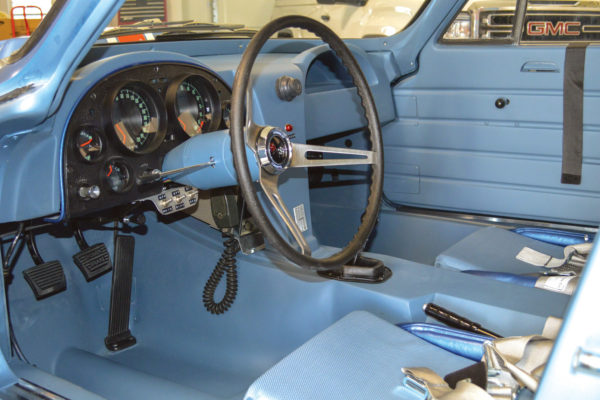
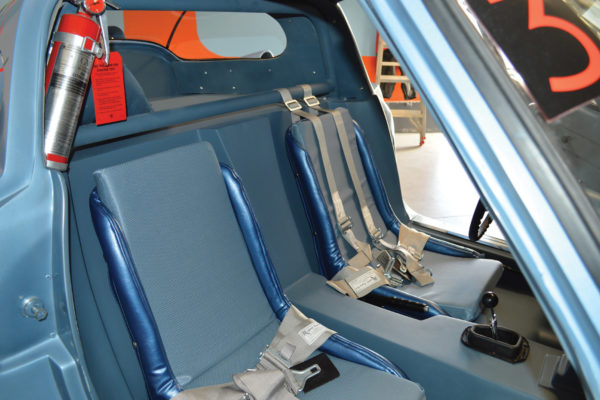
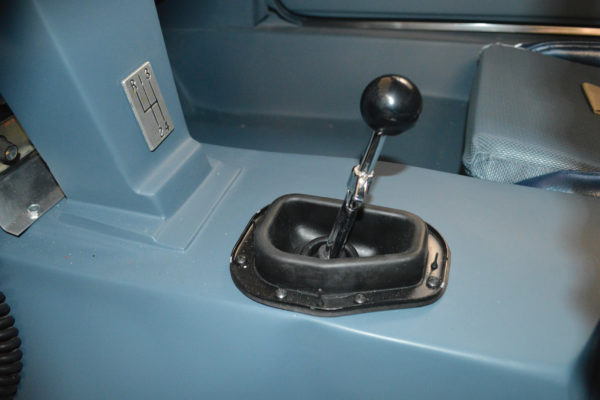
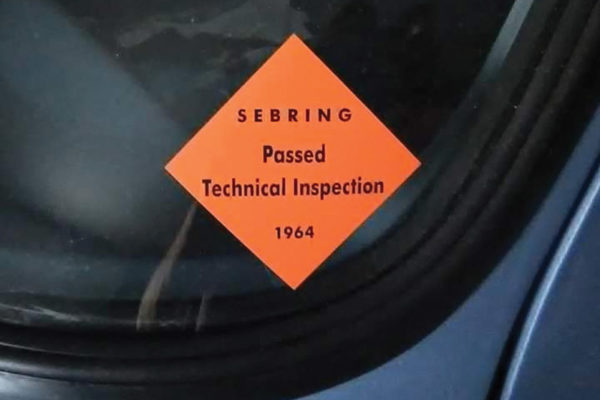
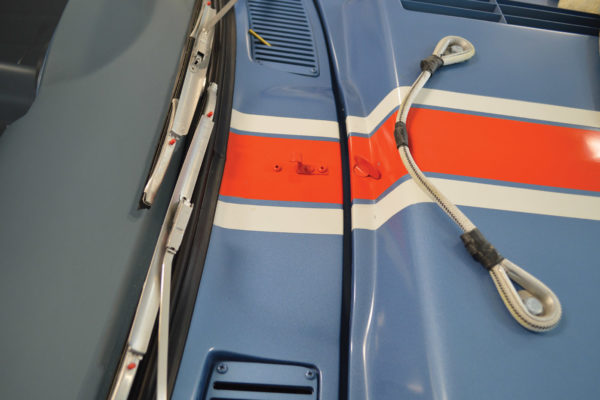
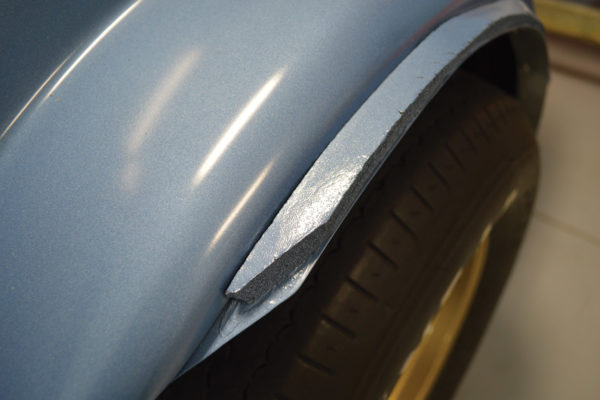
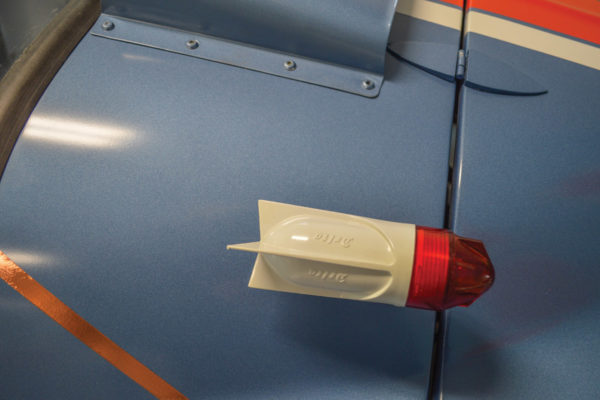
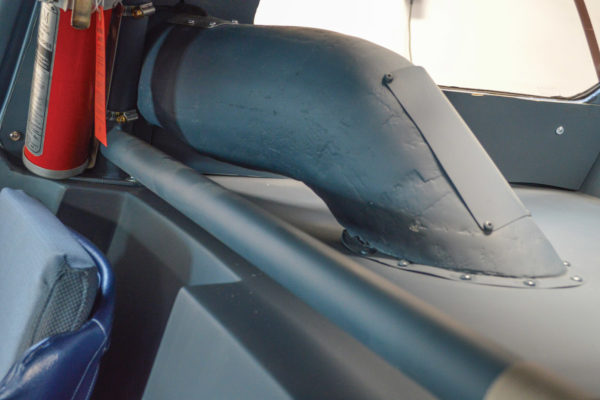
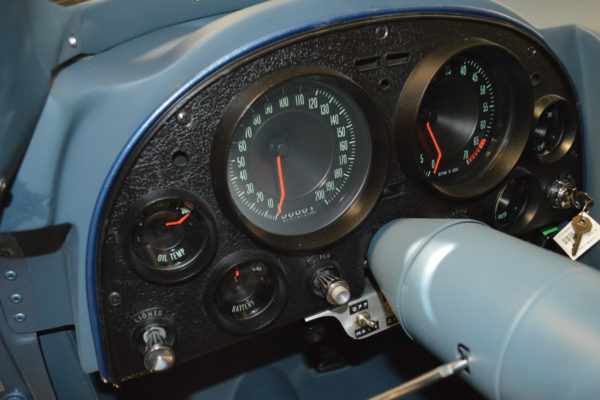
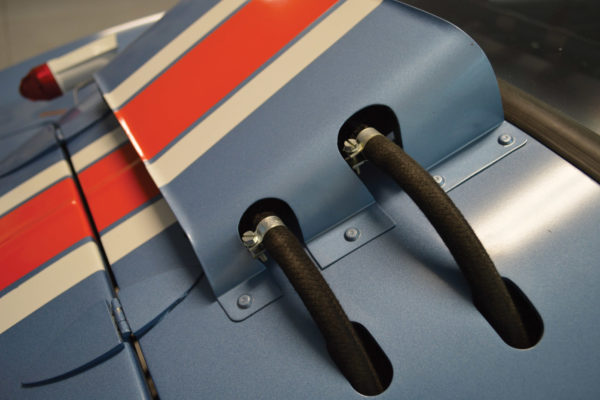
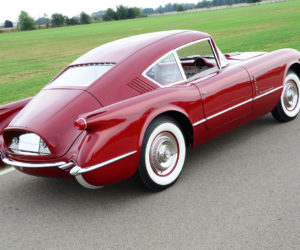
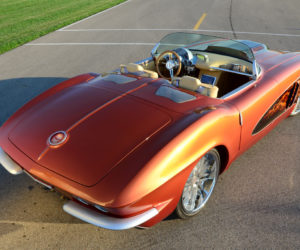
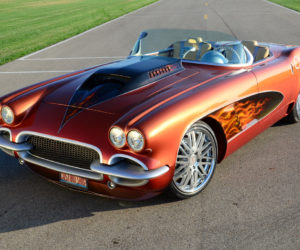
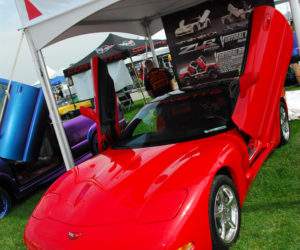
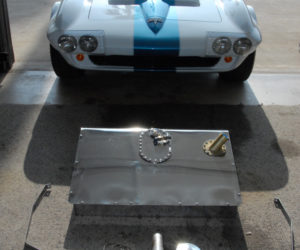
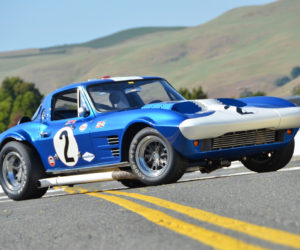




Comments for: The Real Deal
comments powered by Disqus